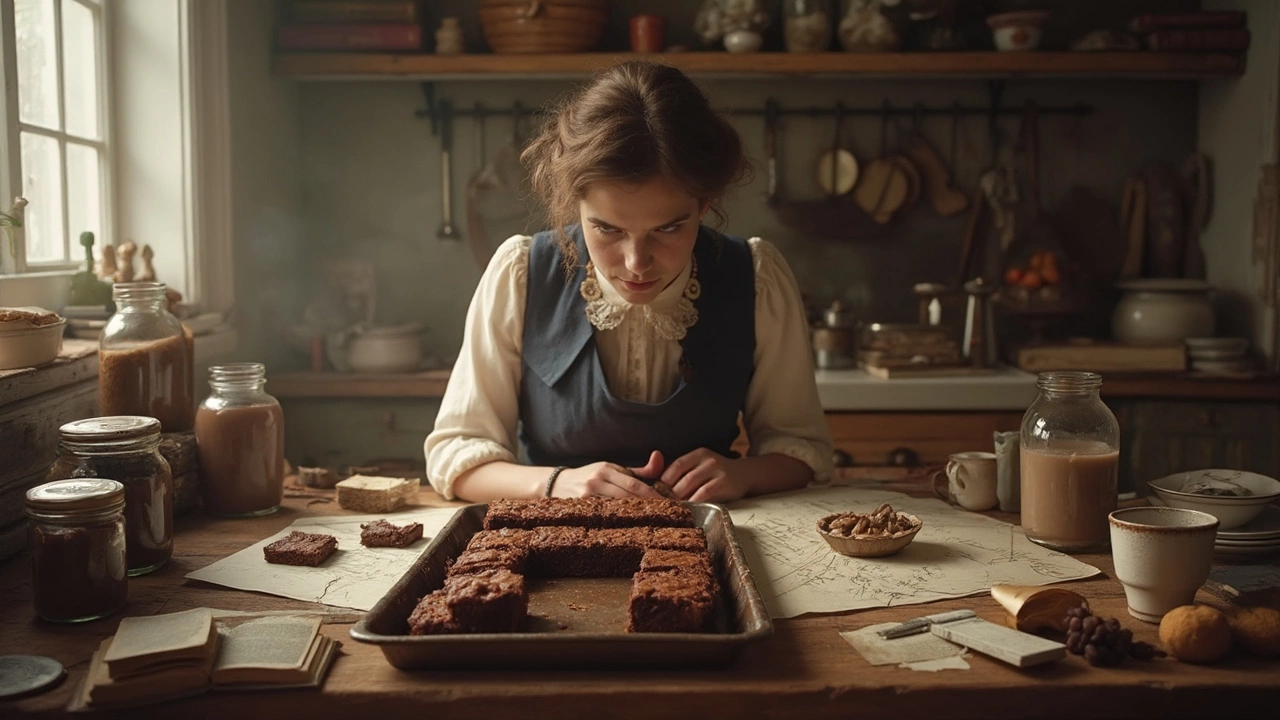
The brownie didn’t start as a flashy dessert. In fact, it’s the result of a kitchen mishap—or at least, that’s what one of the origin stories claims. Picture this: Chicago, late 1890s, the Palmer House Hotel. A chef supposedly forgot to add baking powder to a chocolate cake recipe. Instead of a fluffy cake, they ended up with a denser, fudge-like square. Guests loved the rich, chewy texture, sparking a trend that hasn’t faded.
Brownies aren’t really cake, and they’re not exactly cookies either. That in-between magic is part of why they took off so fast. Even the earliest recipes mixed up walnuts or extra chunks of chocolate, and people quickly started adding their own twists. The original Palmer House recipe is still around, if you’re curious about going old-school with your next batch.
- A Happy Accident: The Birth of the Brownie
- Tracing the Brownie's Rise to Fame
- Famous Brownie Myths and Facts
- Tips for Perfect Homemade Brownies
A Happy Accident: The Birth of the Brownie
If you’ve ever wondered how the brownie origin story started, it’s actually more of a kitchen blunder than a piece of planned perfection. The most famous tale goes right back to Chicago in 1893, inside the Palmer House Hotel. The hotel’s owner, Bertha Palmer, asked the pastry chef for a portable chocolate dessert for ladies attending the World's Columbian Exposition. The chef made a dense, buttery treat topped with apricot glaze and walnuts. This wasn’t exactly what we eat today, but it hit the spot for guests—all thanks to a recipe made with no baking powder, so it stayed chewy instead of turning cakey.
It wasn’t an instant superstar, though. The name "brownie" didn’t show up in print until 1896 when it appeared in the Boston Cooking-School Cook Book by Fannie Farmer. Oddly enough, Fannie’s version didn’t even have chocolate; it was more like a blondie. Chocolate didn’t take center stage until a few years later.
Just to line things up, here’s what’s documented about the first brownies:
- 1893: Palmer House Hotel serves the first known chocolate brownies
- 1896: Fannie Farmer’s recipe appears, but no chocolate
- 1904: The first published chocolate brownie recipe pops up in a Chicago community cookbook
The first brownies looked and tasted different. The Palmer House recipe used semi-sweet chocolate, plenty of butter, and a shiny fruit glaze. Want stats?
| Year | Milestone |
|---|---|
| 1893 | Palmer House brownie served |
| 1896 | "Brownie" printed, no chocolate |
| 1904 | First published chocolate brownie recipe |
Most home bakers today skip the glazed topping and go straight for gooey, chocolate-packed squares. The best part? That classic Palmer House brownie is still on the menu in Chicago—over 130 years later. If you’re chasing “authentic,” trying their original recipe is a sweet place to start.
Tracing the Brownie's Rise to Fame
Brownies didn’t just get lucky overnight—they slowly worked their way into everyone’s hearts (and ovens). The very first printed recipe actually showed up in the Sears, Roebuck catalog back in 1897, proving that brownies were already picking up steam in American kitchens before the 20th century even started. Instead of the gooey chocolate bars we know now, those early versions often called for molasses, not chocolate, and they were more like blondies than the familiar kind with cocoa.
By 1906, Fannie Farmer, a Boston cooking legend, published a recipe using real chocolate in her iconic Boston Cooking-School Cook Book. That move finally set the standard for the modern chocolate brownie. From there, brownies got popular fast, especially as home ovens and pre-packaged chocolate became easier to find. It was a baking revolution, honestly. Once World War II hit, brownies popped up even more because they were cheap, didn’t need fancy equipment, and could be whipped up with pantry staples.
Their popularity kept snowballing, with Americans baking millions of batches each year. Check out how the love for brownies grew over the years:
| Year | Key Event |
|---|---|
| 1897 | First written recipe appears in Sears, Roebuck catalog |
| 1906 | Fannie Farmer publishes chocolate brownie recipe |
| 1930s | Brownies become a staple in American cookbooks |
| 1940s | Popularity explodes thanks to WWII rationing and easy baking |
| Present | Over 1.5 million brownies baked daily in the US* |
*Estimated from industry data—brownies have a fanbase that shows no signs of slowing down.
What really made brownies take off? They hit that sweet spot between easy and impressive. You don’t need fancy tools or chef skills—just mix, bake, and eat. With the rise of box mixes in the 1950s, families started baking brownies even more. And now, you’ll see them everywhere: bake sales, family parties, office potlucks, and coffee shop menus. That’s a lot of love for a treat that started by brownie origin as a simple mistake.
Famous Brownie Myths and Facts
Okay, let’s clear up some of the biggest myths around brownies. The first one? That the original recipe was a total accident. While the Chicago hotel story is the most famous, there’s no hard evidence showing the chef actually forgot baking powder. In fact, early cookbooks like Fannie Farmer’s 1906 “Boston Cooking-School Cook Book” printed a recipe called “Brownies,” but it wasn’t chocolate yet—it used molasses. Chocolate brownies, as we know them, came later.
Another classic myth: brownies came from brownies (the magical fairy creatures from folklore). Fun story, but nope. The name probably just came from their color. If you look at newspaper recipes from the early 1900s, “brownie” was all about the deep chocolate hue, nothing mythical about it.
Here are a few quick facts you can actually trust:
- The Chicago World’s Fair in 1893 is where the Palmer House Hotel first served their chocolate brownies to ladies at the Columbian Exposition.
- The oldest known published chocolate brownie recipe dates back to 1904 in the “Service Club Cookbook” from Wisconsin.
- Fannie Farmer’s 1906 book is the first major appearance of “Brownies” in print, although her version wasn’t chocolate-forward.
If you’re a numbers person, here’s some fun brownie data:
| Year | Key Milestone |
|---|---|
| 1893 | Palmer House Hotel brownie launch |
| 1904 | First published chocolate brownie recipe |
| 1906 | Brownie recipe in Fannie Farmer’s cookbook |
Here’s a tip that’s still true today: if you want that dense, almost fudge-like texture, it’s all about how much chocolate and butter you use—and don’t overbake! This is why people go wild for the brownie origin story; it’s not just a tale, it’s a guide to the best homemade brownies.
Tips for Perfect Homemade Brownies
If you want to nail that perfect pan of brownies at home, there are a few real tricks you need to know. You might think it's as easy as tossing everything in a bowl, but small details make a big difference in texture and flavor. Most people either end up with brownies that are too dry, or they never set quite right. Here’s how to avoid those pitfalls.
Chocolate brownies are all about balance— fudgy, cakey, or chewy? Decide what you want before baking, because getting there means changing up your ingredients. Fudgy brownies need more fat (hello, butter and chocolate), while cakier ones want a bit more flour and maybe an extra egg. Chewy brownies often squash in a blend of butter and oil. Don’t be afraid to experiment, but keep notes so you can recreate your favorite result.
- Always use room temperature eggs. Cold eggs can make the batter lumpy and uneven.
- Melt the butter and chocolate slowly; if you rush, you risk burning them or splitting the mixture.
- Mix the batter just until combined. Overmixing develops too much gluten and makes brownies tough instead of tender.
- Line your pan with parchment or foil to avoid sticking, plus it makes cleanup nearly effortless.
- Don’t skip the salt! Just a pinch pulls all the flavors together and makes the chocolate taste even better.
Baking time is key and ovens can be sneaky. Check at least five minutes before your timer says to. The middle should still look a little bit underdone; it’ll keep setting as it cools. Want to customize? Chopped walnuts, a swirl of peanut butter, white chocolate bits—just fold them in at the end.
For extra clarity, here’s a quick table to help tweak your brownies depending on the style you want:
| Style | Main Fat | Flour Ratio | Result |
|---|---|---|---|
| Fudgy | Butter + Chocolate | Less flour | Dense, moist, rich |
| Cakey | Butter | More flour and baking powder | Light, fluffy |
| Chewy | Butter + oil | Medium flour | Tender with a bit of bite |
Remember, every oven is different. If this is your first go at homemade brownies, stick close and watch how they bake. Snagging that perfect batch might take one or two tries, but honestly, nobody complains about too many brownies laying around.


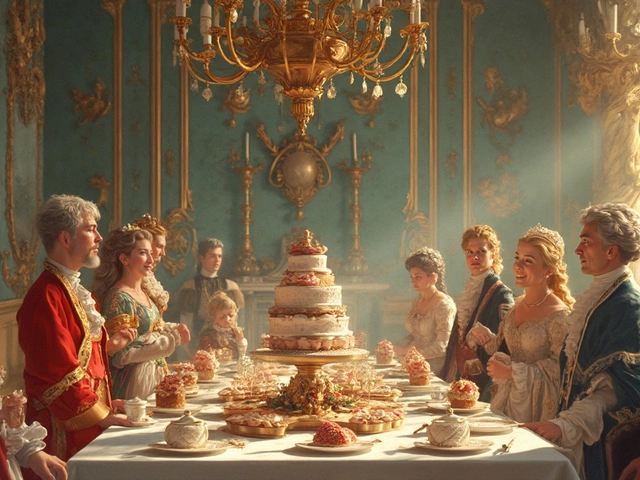
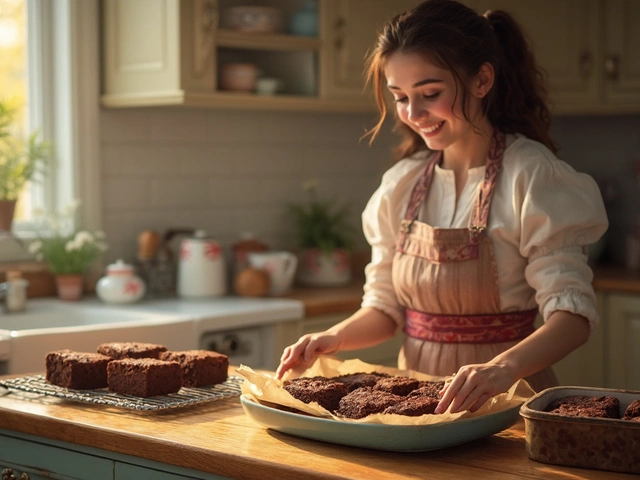

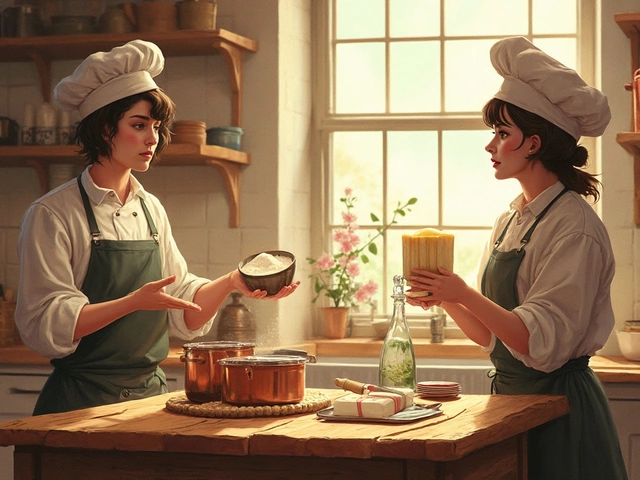
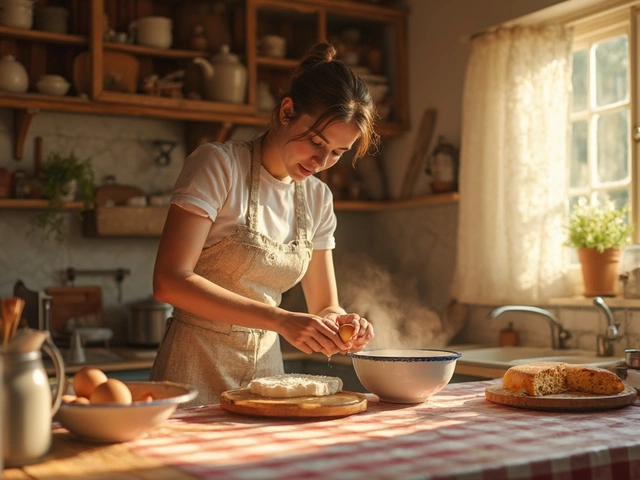
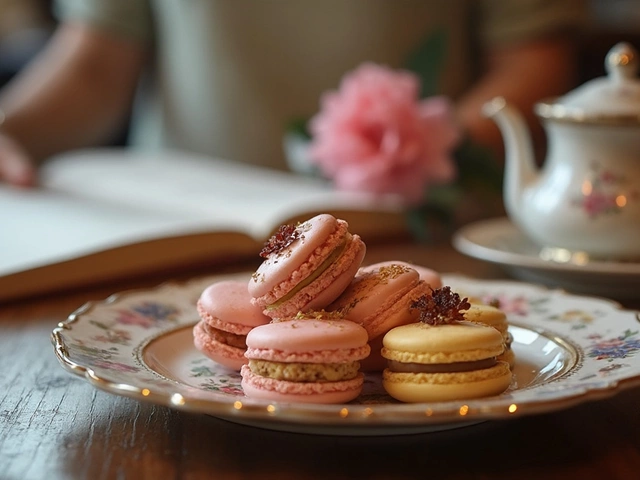

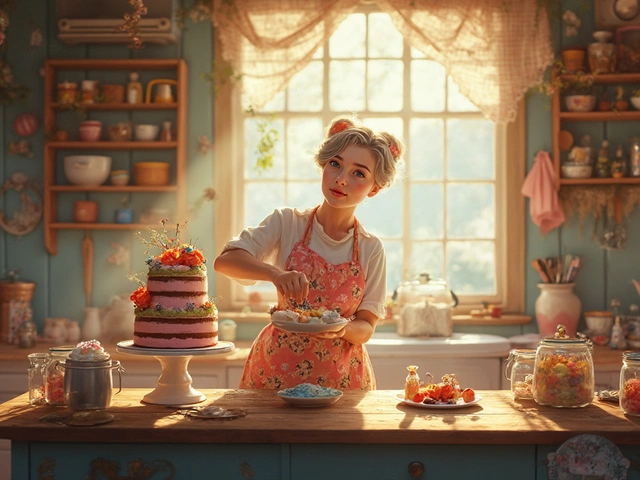

Write a comment